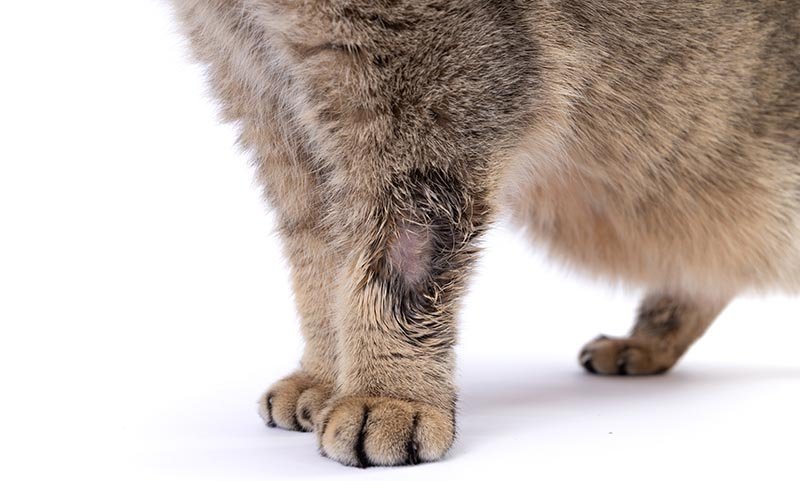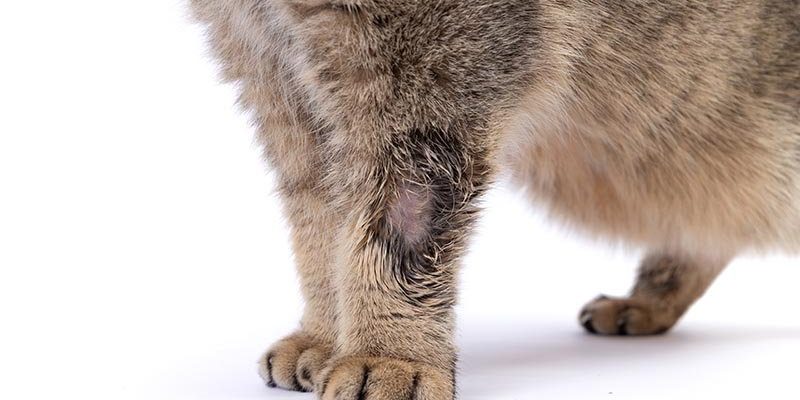
You might be wondering about the role these tiny critters play in their environment. Well, just like a clock ticking away, wolf worms are essential to their ecosystem, helping control pests and even serving as food for other animals. During warmer months, their activity ramps up, making it the perfect time to observe them in action. So, what exactly do wolf worms do, and how do they thrive when temperatures rise? Let’s explore this intriguing phenomenon together.
What Are Wolf Worms?
Wolf worms are actually the larvae of a type of beetle, specifically within the Cantharidae family. When you picture them, think of elongated, soft-bodied creatures that typically inhabit moist, dark areas, like under leaves or in decaying wood. They are often mistaken for other larvae but are set apart by their distinctive features, such as their elongated bodies and a motivation for feeding on soft-bodied insects. Their nickname, wolf worms, arises from their predatory nature—these little guys are quite the hunters!
As larvae, they can grow to about 1 inch long. Their bodies can vary in color (from pale yellowish to a more vibrant orange or brown), depending on the species and their habitat. You might find them lurking in gardens or even in your backyard, especially if you have a thriving insect population. They’re not harmful to humans but are beneficial in controlling pests, keeping the ecosystem in balance.
Life Cycle of Wolf Worms
The life cycle of wolf worms is quite fascinating and involves several stages. It starts when adult beetles lay eggs in the soil or on plants. After a few days, the larvae hatch and begin their journey—much like tiny explorers setting off on an adventure. The larvae undergo several molts, which is just a fancy way of saying they shed their skin as they grow. This process can take several weeks or even months, depending on environmental conditions.
During warm months, the larvae are particularly active, hunting for soft-bodied insects like aphids or caterpillars. They use a strategy that you might find a bit surprising. Instead of just eating their prey outright, wolf worms often inject toxic enzymes into them, paralyzing them while they slowly digest them from the inside out. It’s a bit gruesome, I know, but nature has its ways of keeping things balanced.
In late summer or early fall, the larvae pupate, entering the next phase of their life cycle. This can be likened to a caterpillar transforming into a butterfly, though in this case, they will emerge as adult beetles. The entire life cycle can take anywhere from a few months to a couple of years, depending on environmental factors like temperature and available food sources.
Wolf Worms and Their Ecosystem Roles
You might be curious about why wolf worms are crucial players in their ecosystems. First off, as predators of soft-bodied insects, they help manage pest populations. Think of them as tiny, efficient exterminators in your garden. By controlling these populations, they contribute to the health of plant life, leading to more robust ecosystems overall.
Moreover, wolf worms serve as food for a variety of other animals, including birds and larger insects. This makes them a vital link in the food chain. If wolf worms were to disappear, it could lead to a spike in pest populations, which can harm vegetation and disrupt the habitats of many creatures that rely on those plants.
So, when you spot one of these critters in your garden, remember they’re not just random pests; they play a significant role in maintaining the balance of nature. Their activities during warmer months are essential for a healthy ecosystem, and their presence should be welcomed rather than discouraged!
Observing Wolf Worms: Best Practices
If you’re intrigued and want to observe wolf worms in action, there are a few things to keep in mind. During warmer months, the best time to look for them is in the early morning or late evening when they are most active. You’ll likely find them under leaves, stones, or in the soil—so don’t hesitate to get your hands a little dirty!
When observing, try to be as gentle as possible. Avoid disturbing their habitat more than necessary, and always wash your hands afterward—just in case. Remember, they’re part of a delicate ecosystem, and respecting their environment is crucial. If you want to take notes or document your findings, consider carrying a notebook or a camera. It’s a great way to engage with nature and learn more about these fascinating creatures.
It’s important to be patient. Sometimes, wolf worms can be difficult to spot since they tend to blend in. And if you don’t see them right away, don’t get discouraged! Like many elements of nature, they require a bit of time and keen observation.
Common Misconceptions about Wolf Worms
Let’s be real; there are many myths swirling around wolf worms, and it’s time to set the record straight! One common misconception is that wolf worms are dangerous to humans. While their feeding methods may seem intense, they don’t pose any threat to us. They are not venomous to us and won’t attack unless provoked. So, if you happen to find one, it’s best to admire it from a distance.
Another misconception is that wolf worms cause harm to plants. On the contrary, their role as predators means they help protect plants by controlling pest populations. You might even say they’re like the unsung heroes of your garden, preventing infestations before they can become big problems.
Lastly, some folks confuse wolf worms with other larvae, such as housefly larvae. While both may share similar habitats, their roles and characteristics are different. Recognizing the distinctions could help you appreciate each creature’s unique contributions to the ecosystem.
Protecting Wolf Worm Habitats
As curious observers, we can contribute to preserving the habitats of wolf worms. Here’s how you can help:
- Avoid chemical pesticides: These can harm wolf worms and other beneficial insects. Opt for organic gardening methods to keep both your plants and these critters safe.
- Maintain natural habitats: Leave some areas of your garden wild and untended. Allowing native plants to grow can provide shelter and food for wolf worms and other beneficial organisms.
- Reduce disturbances: When gardening, try not to disturb the soil too much. This helps protect the larvae and maintains their natural environment.
By taking these steps, you can contribute to the ongoing survival of wolf worms and the greater ecosystem. Remember, they’re a small but mighty part of our world!
Wolf worms may be tiny, but their impact on the ecosystem is anything but small. As their activity peaks in warmer months, they remind us how interconnected our natural world really is. From their fascinating life cycles to their role in pest control, these critters play a vital part in keeping our gardens and wild spaces healthy.
So next time you’re enjoying a warm summer day, take a moment to appreciate the wolf worms at work. They’re nature’s little warriors—helping maintain balance and harmony in the environment. Embrace the magic of observing them; you’re not just looking at bugs but participating in a story that’s been unfolding for millions of years.

